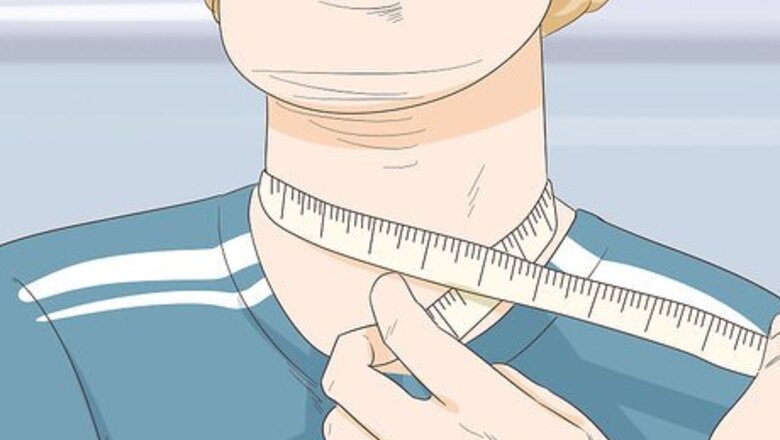
views
Measuring Guidelines for Males
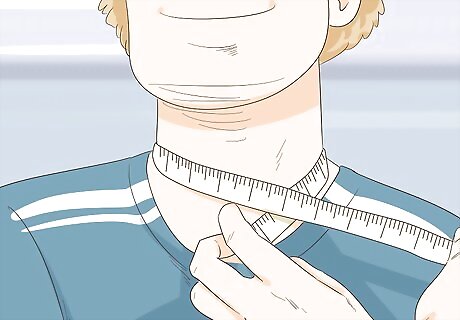
Measure your neck. The first measurement for males is measuring the neck. Follow these guidelines to make sure your measurement is accurate: Look straight ahead. Relax your shoulders without hunching. Place the measuring tape just below the Adam's apple (larynx). Lay the tape flat and pull the tape around the circumference of the neck. Note and record the measurement, rounding up to the nearest half inch. For an example, your neck measurement might be 18 inches.
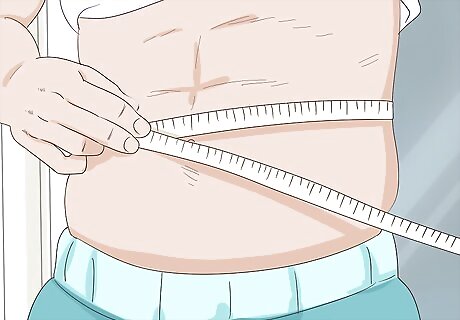
Measure your abdomen. Measuring your core is an essential part of your body fat as this is an area of the body that may contain higher amounts of body fat. Keep the tape flat against your skin, without compressing your soft tissue: Guide the measuring tape around the waist at the belly button. For best results, let your arms hang at your sides while someone else measures. Breathe in and exhale normally. Record the abdomen measurement after you have released the breath. For example, your abdomen may measure 35 inches.
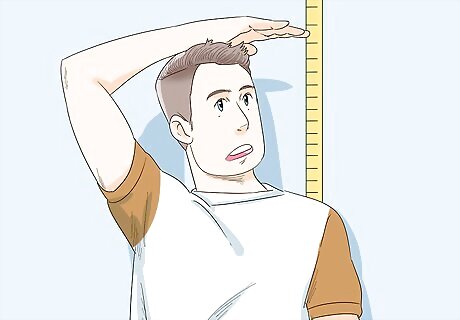
Measure your height. Your body fat percentage is dependent on your height making this a necessary measurement. Stand straight against a wall or other flat surface. Pull your shoulders back, keep your head up, and look straight ahead. Place a ruler or straight edge against the top of your head and push it against the wall. Mark this location with a pencil. Extend the measuring tape from the floor up to the pencil mark on the wall. Record this measurement in inches. For example, if you are 6 feet tall, write down 72 inches.
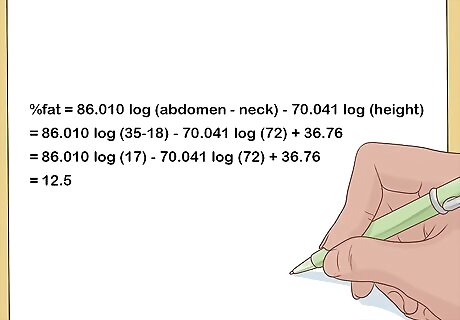
Enter your data in inches. Plug the three measurements into the male body fat formula below. For the most accurate answer, enter the full calculation in one line using an online calculator. Here's the formula along with an example using the example measurements above: %Fat = 86.010 log ( a b d o m e n − n e c k ) − 70.041 log ( h e i g h t ) + 36.76 {\displaystyle =86.010\log(abdomen-neck)-70.041\log(height)+36.76} =86.010\log(abdomen-neck)-70.041\log(height)+36.76 = 86.010 log ( 35 − 18 ) − 70.041 log ( 72 ) + 36.76 {\displaystyle =86.010\log(35-18)-70.041\log(72)+36.76} =86.010\log(35-18)-70.041\log(72)+36.76 = 86.010 log ( 17 ) − 70.041 log ( 72 ) + 36.76 {\displaystyle =86.010\log(17)-70.041\log(72)+36.76} =86.010\log(17)-70.041\log(72)+36.76 = 12.5 {\displaystyle =12.5} =12.5The man in this example has an estimated body fat percentage of 12.5. This formula uses log10, which is the default log button on calculators.
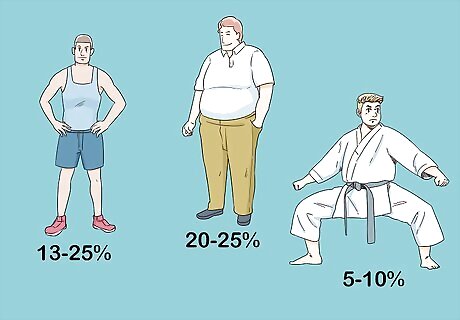
Interpret your results. There is no ideal body fat percentage that all men should aim for. If you are working toward a specific goal (especially in competitive athletics), it's best to follow expert advice. For general fitness goals, use the following rough guidelines: A typical healthy man can have anywhere from 8 to 20% body fat (11–22% if over 40 years old, or 13–25% if over 60). Men with body fat percentage of 20% or higher may be at risk for weight-related health problems. 25% or higher may be classified as obese. Athletes vary by sport, with the leanest (such as cyclists and bodybuilders) typically around 5–10%. Men typically carry about 2-5% of essential body fat. Falling below your essential body fat percentage is dangerous. Your body's fat stores have an active role in the regular functioning and protection of your body.
Measuring Guidelines for Females
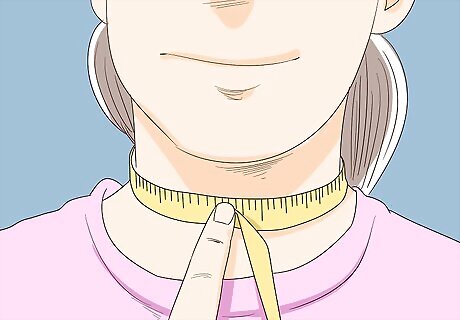
Measure your neck. Take all measurements with the tape flat against your skin, but not compressing it: Look straight ahead and relax your shoulders without hunching. Place the tape flat around your neck, just below the larynx (Adam's apple). Keep the tape level, at the same height on the front and back of the neck. Round the measurement up to the nearest half inch. For example, if your neck measures 14.6 inches, round up to 15 inches.
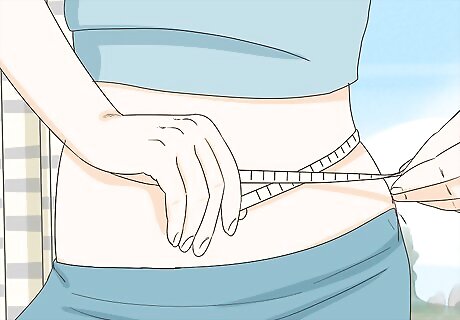
Measure your waist. Guide the measuring tape around the circumference of the waist at the most narrow point, usually between the belly button and the sternum. If you're not sure where this is, measure at several points and use the smallest value: For best results, hang your arms at your sides while someone else measures. Breathe in and exhale normally. Record the abdomen measurement at the end of the breath. Round down to the nearest half inch. For example, your abdomen might measure 28 inches around.
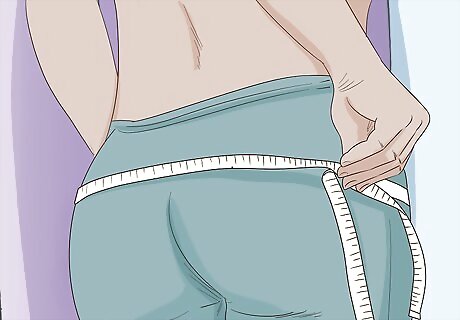
Measure your hips. Women may carry more body fat around their hips compared to men. Including this measurement is important for an accurate estimate of female body fat: You can measure against your skin or over thin clothing. If you are wearing tight clothing that compresses your soft tissue, change into something else and wait 30 minutes. Wrap the measuring tape around the hips so that it winds around the widest part of the buttocks, as viewed from the side. Keep the tape parallel to the floor. Record this measurement, rounding down to the nearest half inch. An example of your hip measurement might be 32 inches.
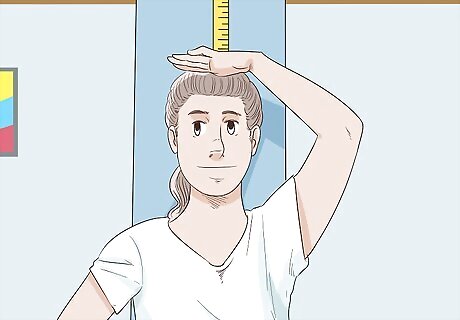
Measure your height. Take height into account, since a taller woman has larger measurements than a shorter woman with the same proportions: Stand straight against a wall or other flat surface. Pull your shoulders back, keep your head up, and look straight ahead. Place a ruler or straight edge against the top of your head. Hold it flat and mark the wall with a pencil. Measure from the floor up to the pencil mark on the wall. Record the result in inches. For example, if you are 5'5", write down 65 inches.
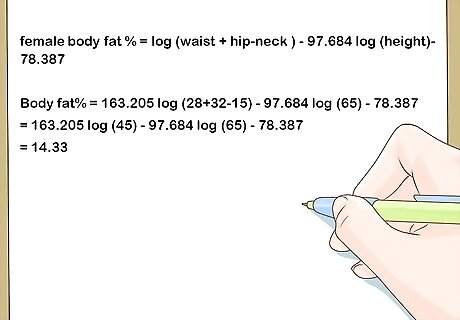
Enter your recorded data into the correct equation. To avoid rounding errors, enter the following equation on one line of a calculator: Female body fat % = 163.205 log ( w a i s t + h i p − n e c k ) − 97.684 log ( h e i g h t ) − 78.387 {\displaystyle 163.205\log(waist+hip-neck)-97.684\log(height)-78.387} 163.205\log(waist+hip-neck)-97.684\log(height)-78.387 For instance, entering the example measurements above:Body fat % = 163.205 log ( 28 + 32 − 15 ) − 97.684 log ( 65 ) − 78.387 {\displaystyle 163.205\log(28+32-15)-97.684\log(65)-78.387} 163.205\log(28+32-15)-97.684\log(65)-78.387 = 163.205 log ( 45 ) − 97.684 log ( 65 ) − 78.387 {\displaystyle =163.205\log(45)-97.684\log(65)-78.387} =163.205\log(45)-97.684\log(65)-78.387 = 14.33 {\displaystyle =14.33} =14.33This woman has approximately 14.33% body fat. This formula uses l o g 10 {\displaystyle log_{10}} log_{{10}}, the default log button on calculators.
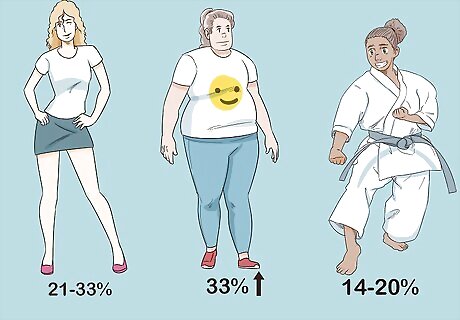
Interpret your results. Use these guidelines as a starting point to determine whether you are at a healthy body fat percentage: A body fat percentage above 33% (if under 40 years old) may be considered overweight, while 39% or higher puts you in the highest risk category. A typical healthy woman has a body fat percentage between 21 and 33% (23–34% if over age 40, or 24–36% if over 60). Female athletes typically have a body fat of 14–20%, varying by sport. Women typically carry about 10-12% of essential body fat. Falling below this can be dangerous.
Improving Accuracy
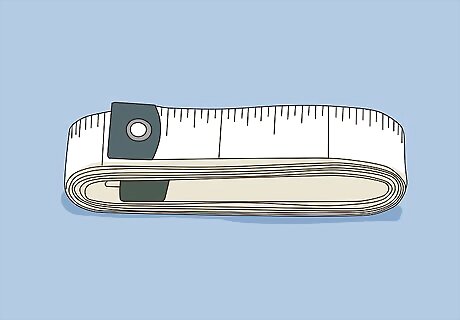
Purchase the right tape measure. A fiberglass tape measure is the most accurate choice for body measurements. Steel tapes are difficult to bend around curved surfaces, while cloth tapes are easily stretched. Make sure your tape measure is accurate by holding it up to a ruler or yard stick.
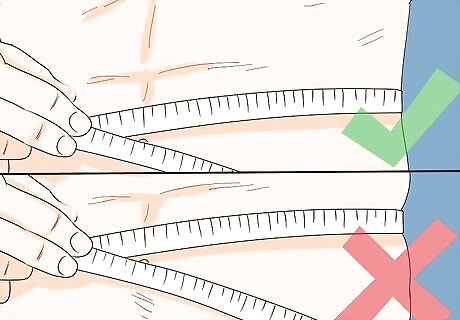
Take measurements accurately. When you're measuring your body fat percentage with a tape measure, you'll need to know how to use it correctly to get the most accurate results. When taking measurements, make sure the tape measure makes contact with the skin. It should conform to your body. Pull taut, but not so much that the tape makes an indentation in your skin. The most common cause of errors is using the measuring tape wrong or making inaccurate measurements.
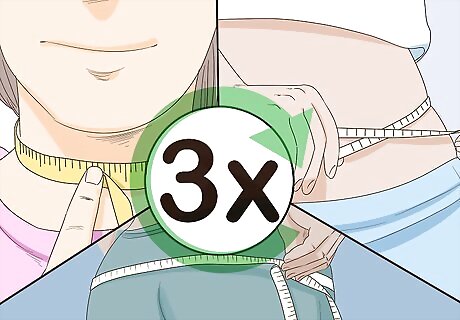
Retake each measurement three times. Take each of the required measurements three times for the most accurate results: Take each measurement in turn, not in groups. For example, men should measure neck, waist, height; neck, waist, height; neck, waist, height. Take the average of all neck measurement, then all waist measurements, etc. Use these average values in the formula.











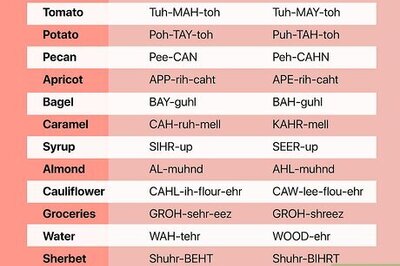




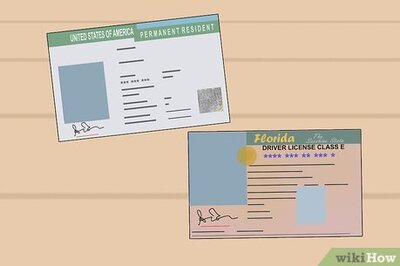
Comments
0 comment